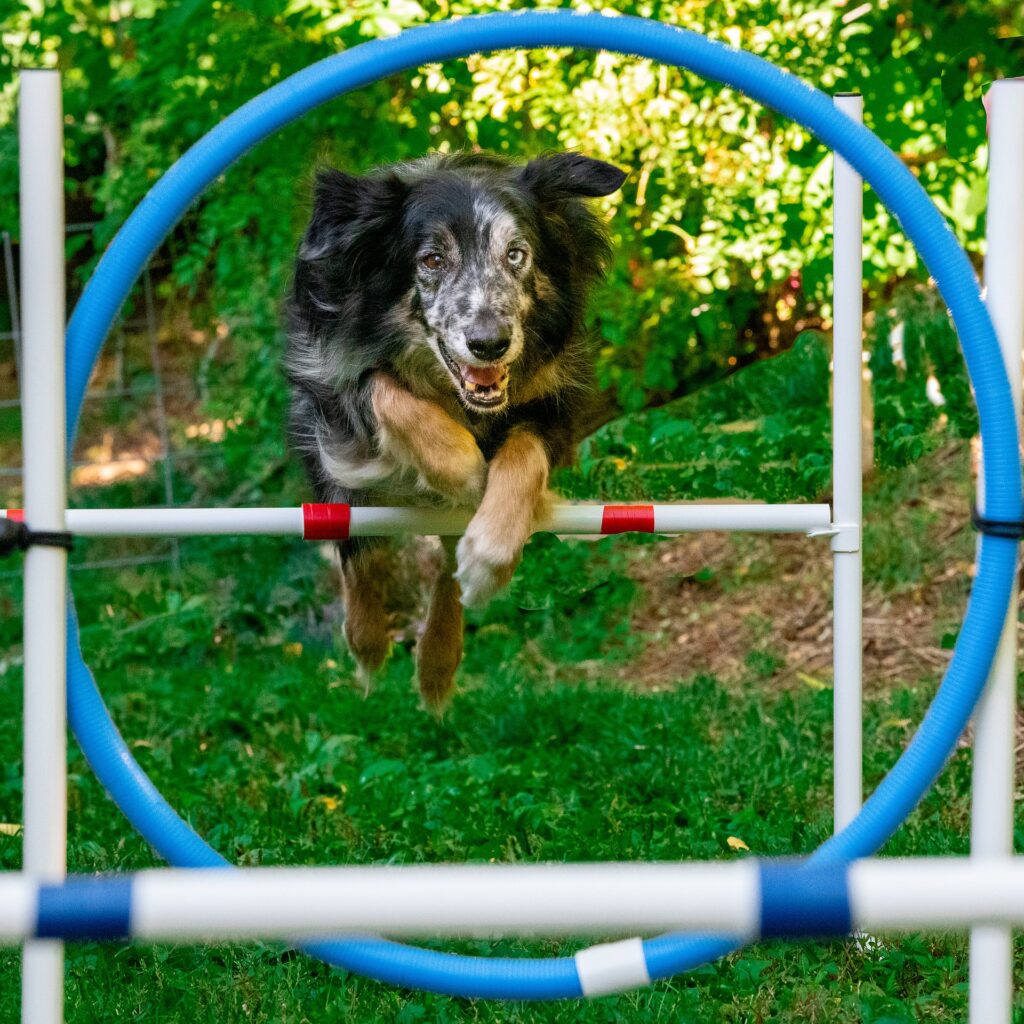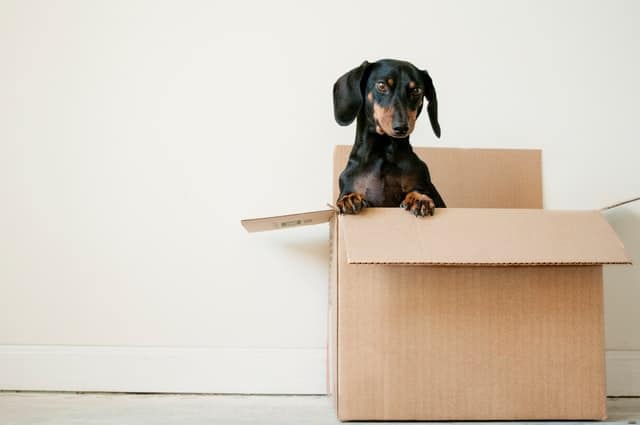The Australian Shepherd enjoys absolute popularity as a loyal leisure companion and also as a people-oriented family dog. Due to his innate herding and guarding instinct, he also makes very special demands on you.
A consistent but sensitive upbringing and loving attention are essential for a problem-free life together with this intelligent and eager-to-learn herding dog.
As a rule, the Australian Shepherd needs to be exercised twice a day for several hours. This should ideally include variety for the dog. The Australian Shepherd needs to be exercised physically and mentally enough. Sporting activities are a must for an Australian Shepherd.

Beyond that, you can decide according to your dog whether you will walk more often and how long your rounds will be. It also doesn’t matter if you prefer to walk in the forest, in a residential area or somewhere else.
Walking the dog – when does it need to go out?
The question of how often a dog should go out depends on its individual needs. Some dog breeds need a lot of exercise because of their special urge to move, while others are content with smaller rounds.
The Aussie has enormous stamina and its sometimes unbridled temperament requires appropriate activity and physical exercise for your four-legged friend. But this is where mistakes are often made.
For all dogs with such characteristics, it is the wrong approach to “tire them out” through excessive activity, because you must not forget that with all physical and mental demands, a training effect occurs. This will only increase your dog’s stamina.

His innate “will to please” ensures that he is always alert, which puts him on constant alert.
Therefore, it is essential to offer your Aussie phases of rest and relaxation for a relaxed relationship. Since it seems that he doesn’t need such periods of rest because he is always “ready for action”, you should actually train him to rest and relax.
Strength lies in rest
In addition to daily walks, your Aussie should also learn to rest. Finally, I will give you a few tips on how to organise these periods of rest.
Especially puppies are often asked to do too much, because you want to spend a lot of time with your new companion and are still especially motivated to make the future living together positive. Especially now it is important to make sure that he does not go for long walks. In the beginning, 10 minutes of foreign impressions and movement can already be enough to allow a longer break to recover.
Breaks during the walk where you cuddle him and nothing is asked of him can also contribute to his relaxation.
With both puppies and adult Australian Shepherds, try not to wake him or call him when he has settled down on his own. It is his constant attention that can prevent you and him from having a relaxed interaction. He needs to learn not to always feel addressed and to have to be present everywhere.
It is very important that he has his own place, which he can go to on command. He should also be able to keep his place, for example by giving the command “Stay”. Even if something is happening in the home that he would love to take part in.
Even if it is difficult for you, you should consistently ignore your Aussie when necessary. For example, if he follows you around your home because he thinks he is missing something, you can try switching between two or three rooms without talking to him or doing anything.
It may take some time before he loses interest in you. He needs to learn that not every activity inside or outside the house is a request.
If the dog doesn’t get out – what can happen?
If your dog doesn’t get out enough, it will sooner or later do its business indoors.
However, what is much more decisive and to the dog’s disadvantage – lack of exercise leads to considerable limitations. Dogs that do not get out or only get out too rarely are often overweight, which has an impact on their health.
In addition, in such cases dogs tend to behave destructively, for example by destroying things or starting to do “nonsense”.
It can happen, among other things, that shoes or furniture are chewed up. Furthermore, the lack of exercise leads to aggression towards people and other animals in the long run. The Aussie in particular is a clever dog who knows that his energy has to go somewhere.
You can also keep your Aussie busy indoors with mental work. If he is not exerting himself physically, you can challenge him mentally. This can also be exhausting for him. How to keep your dog busy indoors
If you don’t have enough time to keep your Aussie active, you can look for someone to walk your dog for a small fee.

What is the ideal daily routine for an Australian Shepherd?
The Australian Shepherd needs an owner who can train him well and give him both challenging and tricky tasks. In addition, rest periods should not be neglected.
Likewise, the Australian Shepherd requires a lot of time and should not be kept by working or elderly people. Being alone in a flat for hours on end is not for the Australian Shepherd. He needs a lot of exercise and exercise and feels very comfortable in a large family, which he can also protect and herd.
And that brings us to the next point: The Aussie likes to be with his owner. After all, he wants to please and for that you can offer him a lot.

The Australian Shepherd is very open-minded towards children and is an ideal playmate for them.
The Aussie is versatile and is open to new things. Be it agility, obedience, dummy training or much more, the Aussie will be enthusiastic about many things. This dog breed can also cover longer distances and can cut a fine figure when jogging, cycling or even hiking, for example.
Of course with training, because the Aussie seems to have endurance, but you should train slowly.
But also mental tasks such as tracking or mantrailing are possible.
Here we have summarized our most popular articles in a great overview:




